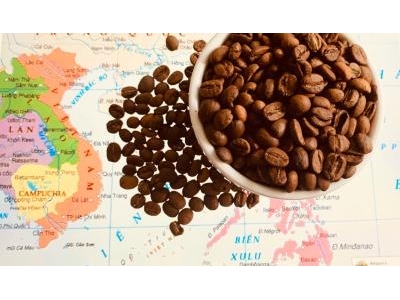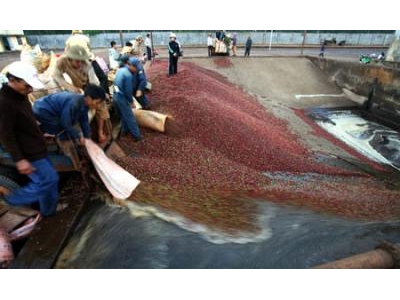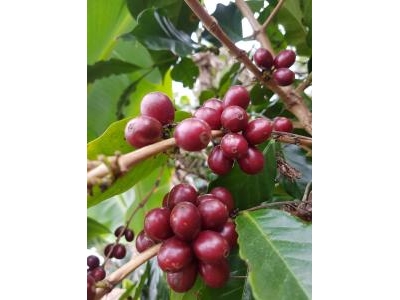Overview and Origin Analysis of Coffee!
Wondering where the coffee you drink comes from? How it is divided and do not know what kind of coffee you drink. The following article will answer all of your questions and help us understand the origin of the coffee.
According to the research of scientists, coffee is divided into three types:
Coffee and tea (Scientific name Coffee arabica).
Robusta coffee (Coffee robusta or canephora scientific name).
Jackfruit coffee (Coffee liberica scientific name).
In which Robusta coffee is grown the most in Vietnam or more generally in the world, followed by tea coffee. And mit coffee has a very small planting area (less than 1% of the country's total coffee growing area).
So why Robusta coffee in Vietnam total output is the most, simply this variety is adapted to the climate in our country. The most cultivated is in the Central Highlands provinces. And tea coffee is only adapted to a few small areas, with cold climates and different elevations from around.
In recent years, thanks to the research of scientists and knowledgeable farmers in the Central Highlands. Has brought many varieties of Robusta coffee with very high yield. Along with disease resistance, drought tolerance, strong growth.
1. Coffee tree (Coffea arabica)
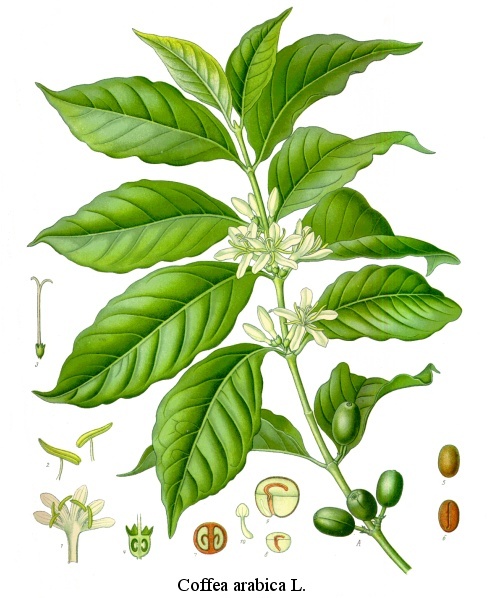
Is a type of coffee with scientific name is Coffea arabica. People often call it coffee a-ra-bi-ca or tea. The reason is that this coffee species often has stems and small canopy. Under mass farming conditions, it is often planted with high density, small tree spacing, and low tops. From a distance, it is very similar to a green tea tree.
In terms of economic value, tea coffee is more valuable than Robusta coffee. Foreign markets are very popular, but in Vietnam there are not many people who know how to drink, so this coffee is not popular, only used to mix with Robusta coffee, aroma, less caffeine, not bitter. However, growing in Vietnam is not suitable. Only a few areas are capable of cultivating this coffee variety.
Characteristics: Wooden body, medium canopy, can be up to 10m if left natural.
Growth climate: Tropical and subtropical
Light level: Medium to high
Cultivation altitude: From 1000m - 1500m above sea level
Suitable temperature: 16 - 25 ° C
Required rainfall: 1000-1500mm / year and there must be a clear division of 2 rainy seasons, so that flowers can gather.
Time to start harvesting: 2-3 years after planting
Lifespan: 30-40 years. However, after 25 years, they often have to uproot or cut them to improve their productivity due to poor productivity
Leaf morphology: Smallest among the 3 species of coffee, oval leaf shape, elongated, dark green, canopy around medium base
Fruit features: The fruit is oval, 1-2 nuclei, the seeds are very large, the caffeine content in the seeds is 1-2%. The taste after processing is very delicious, not bitter.
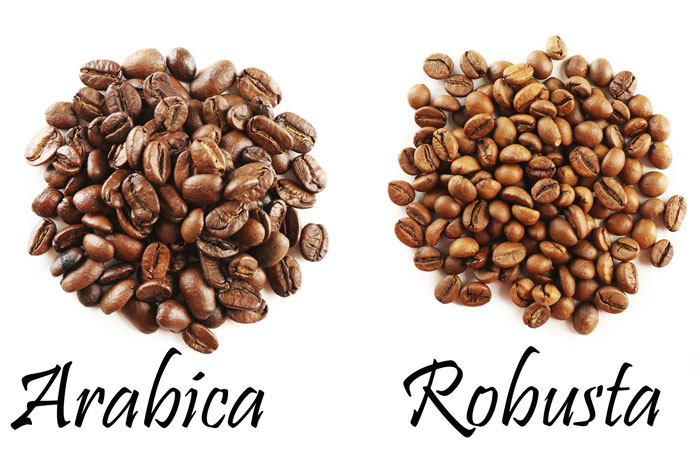
2. Robusta coffee plant (Coffea Robusta or Canephora)
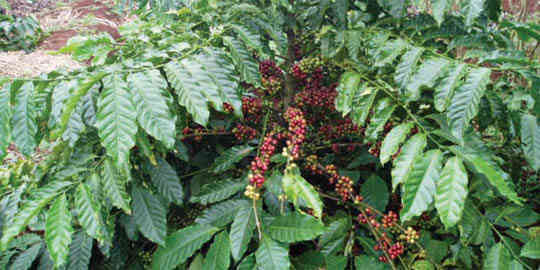
The scientific name is Coffea Robusta or Canephora. But people still call it taro or a tie. The caffeine content of the seeds is higher than that of tea. Our country grows the majority, due to good adaptability to the climate and soil, less pests and diseases. The fish leaf morphology has many features like the leaves of the Robusta tree, so it has such a name.
Characteristics: Dust body or wooden body, if left natural, it can be up to 15 meters high.
Growth climate: Tropical
Light level: High but must be scattered (with suitable shade trees)
Cultivation altitude: From 500m - 1000m above sea level
Suitable temperature: 22 - 29 ° C
Required rainfall: 1000-1500mm / year and there must be a clear division of 2 rainy seasons, so that flowers can gather.
Time to start harvesting: 2-3 years after planting if grown from seeds. 1-2 years if grown with grafted eggplant
Lifespan: 30-40 years. However, after 20 years, they often have to uproot or cut them down due to poor productivity. Productivity peaks from year 8-15 and then declines.
Leaf morphology: Medium to large, oval, elongated, dark green, with a slightly wavy edge, canopy around the base, horizontal or droopy depending on variety.
Fruit features: Fruit oval, 1-2 nuclei, very medium to large seeds, caffeine content in seeds from 2-4%. The taste after processing is moderate, less fragrant, and bitter.
Planting area: The Central Highlands provinces and some northern provinces
3. Coffee liberica (Coffee liberica)
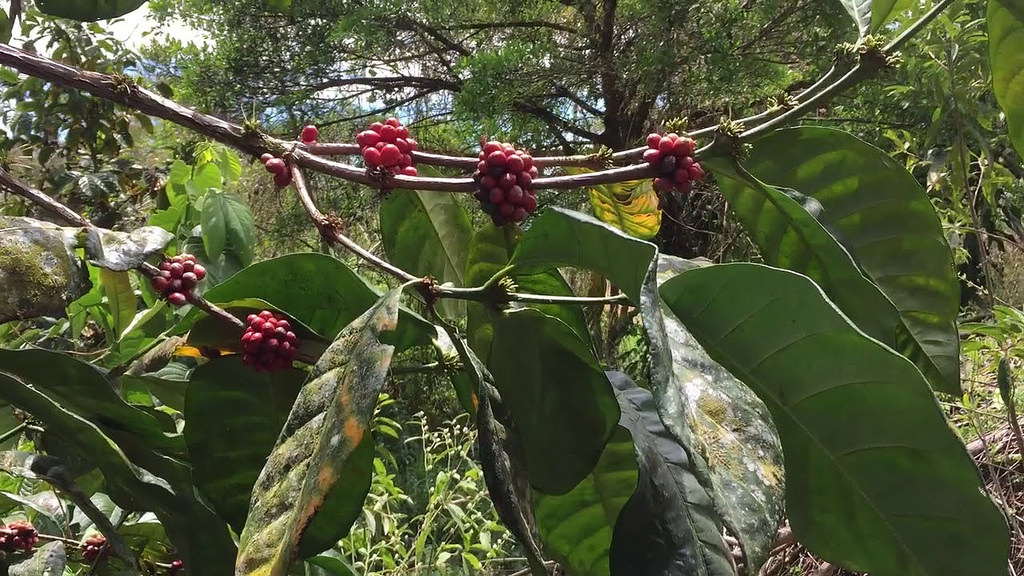
The scientific name is Coffea liberica. Why is it called jackfruit coffee because it has a point of large trunk, wide canopy, large leaves, from a distance very similar to jackfruit trees, so it is often called jackfruit coffee. This variety is often less popular, due to its high caffeine content, sour taste, and low taste. Mainly grown as a windbreak tree for coffee gardens, increasing fruiting ability, as a graft base for Robusta coffee (because jackfruit coffee grows very strong).
Characteristics: Wooden tree, if left natural, it can be 15-20m high. Canopy wide, large leaves, very strong growth
Growth climate: Tropical
Light level: Highly demanding
Cultivation altitude: From 500m - 1500m above sea level
Suitable temperature: 16 - 29 ° C
Required rainfall: 1000-1500mm / year and there must be a clear division of 2 rainy seasons, so that flowers can gather.
Time to start harvesting: 4-5 years after planting
Lifespan: 40-50 years.
Leaf morphology: The leaves are very large, like jackfruit, reddish brown in color, oval, elongated, and luxuriant.
Fruit features: Fruit oval, 1-2 cores, very large seeds. Less aroma after processing, sour taste.
Growing area: Similar to tea coffee and Robusta coffee
Some varieties of jackfruit coffee: The varieties cannot be clearly determined because they are propagated mainly from coffee seeds after harvest.
ARO BAO KHANH COMPANY LIMITED
10 Street 1, Hai Thanh Residential Area, Tan Tao A Ward, Binh Tan District, Ho Chi Minh City, Vietnam
Copyright © 2025 belongs to ARO BAO KHANH CO., LTD | Thiết kế và phát triển bởi P.A Việt Nam
People online: 7 | Total visits: 693.968



